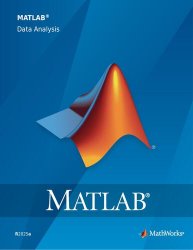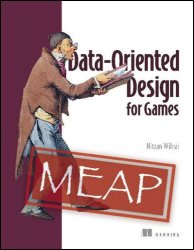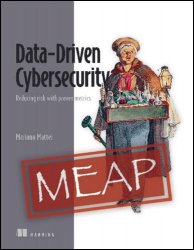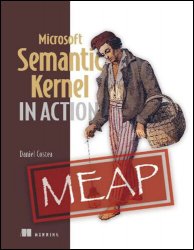- Добавил: literator
- Дата: 13-06-2025, 20:30
- Комментариев: 0
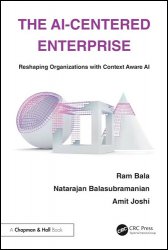 Название: The AI-Centered Enterprise: Reshaping Organizations with Context Aware AI
Название: The AI-Centered Enterprise: Reshaping Organizations with Context Aware AIАвтор: Ram Bala, Natarajan Balasubramanian, Amit Joshi
Издательство: CRC Press
Год: 2026
Страниц: 200
Язык: английский
Формат: epub (true)
Размер: 10.1 MB
The explosion of Generative AI has sparked a wave of case studies showing how quickly and profoundly it is transforming businesses. Yet most of these use cases still apply the technology to enhancing existing systems. This book makes the case for why business leaders must revisit the fundamentals of Generative AI and look beyond short-term, tactical gains. Tools like ChatGPT mark just the beginning of Context Aware AI―systems that grasp both the content and intent of unstructured human input. Drawing on real-world examples and academic research, we demonstrate how Context Aware AI can enhance organizational interactions, unlock new forms of collaboration, and usher in the era of the AI-Centered Enterprise. By augmenting baseline Large Language Models (LLMs) with techniques like prompt engineering, retrieval-augmented generation (RAG), knowledge graphs, and notably agentic systems, organizations can build customized tools that adapt to individual users’ thinking patterns and the collaborative workflows they are a part of. We present a practical framework―the 3Cs: Calibrate, Clarify, Channelize, to help leaders navigate this radical shift across multiple levels of organizations.


